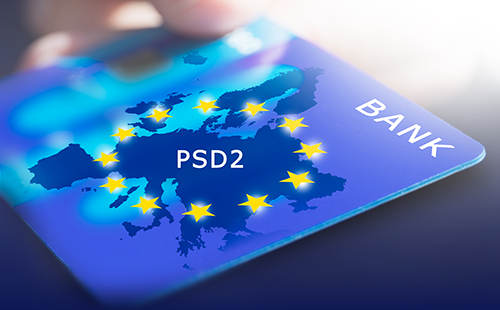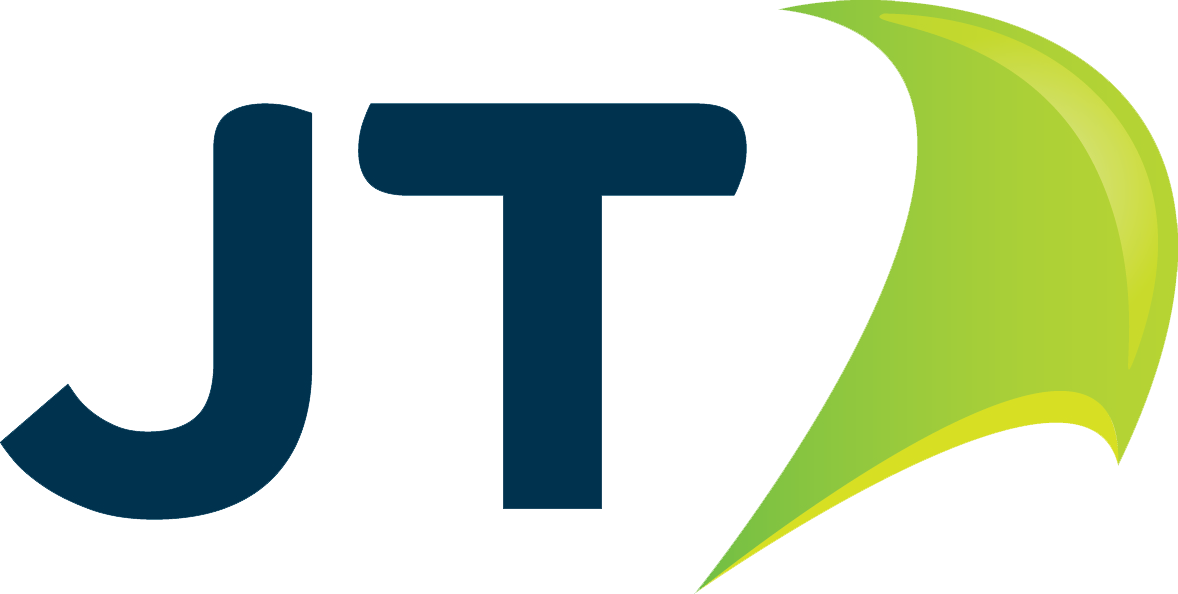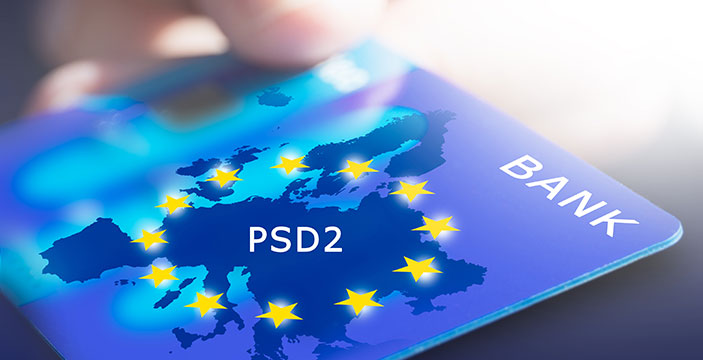How Will The Impending PSD2 Regulations Impact The Checkout Process?

The PSD2 directive is coming into effect later this year and is forecast to bring significant changes to the banking industry. In this article, we're looking at the impact of these changes, what they mean for the future of secure banking, and how you can keep you and your customers secure during this pivotal transition.
What Is The PSD2?
PSD2 - an acronym for the second Payment Service Directive - is a policy put into place by the EU to help regulate and encourage third-party involvement in consumer transactions. The goal of the PSD2 is to level the playing field of payment services, allowing for more competition between traditional and new services.
The PSD2 directive mandates open communication between banks and third-party apps and services through APIs. This means that newer apps and banking solutions - both card and card-less - can interact with banks and payment systems in a more regulated and secure way. Encouraging cooperation between banks and third-party services will allow for faster and simpler options for consumers.
Another essential component of the PSD2 directive is customer authentication. Strong customer authentication requires at least two-factor verification, which can involve passwords, verification codes, biometrics, etc. Strong authentication helps reduce the chance of fraud, protecting consumers and payment services alike.
What Does PSD2 Mean For The Future Of Banking?
PSD2 regulations are sure to have a significant impact on the banking industry, primarily when it comes to customers and innovators. Consumers will have a new sense of financial independence as the payment and banking solutions grow in number. This could mean more peer-to-peer payment systems, faster transactions, less reliance on physical cards, and more integration between financial apps and services.
For banks and third-party service providers, the most significant impact will be felt by open banking. Open banking refers to the mandate in the PSD2 act that requires banks to establish secure and open APIs to third-parties. APIs allow apps and services to integrate and interact with another service in a seamless manner. Rather than banking being held back by delays, permissions, and other traditional processes, open banking makes the entire industry much more flexible and adaptable.
The PSD2 directive is also sure to increase the popularity of digital banking. This includes using apps to check a balance, opting for a card-less payment method, or even switching to a fully digital bank.
The Risks Of The New PSD2 Regulations
While the PSD2 directive has exciting implications for the EU, it doesn't come without concerns - primarily centred around security. Opening up access to a bank's information - to a consumer's financial information - is sure to attract the attention of criminals looking to exploit the system. It's vital that banks and third-party services maintain cyber-security as a fundamental priority.
Even though a critical component of PSD2 is the requirement for strong customer authentication - namely two-factor authentication - hackers have been able to circumvent these measures in the past using techniques like phishing, social engineering, SIM swapping and other methods of fraud. If a hacker is able to gain access to sensitive information through a bank's API, they could potentially mine data, steal an individual's identity, move funds illegally, and more.
The risk of illegal activity is fairly minimal, thanks to the measures taken by the EU in implementing this policy. That said, the risk of exploitation and malpractice is still present, and it's up to banks and service providers to protect their customers as well as themselves.
How To Ensure Your Third-Party Transactions Are Secure
Fortunately, there are ways to significantly reduce the likelihood of fraudsters taking advantage of your customers. The simplest way is to ensure that you are using strong two-factor authentication. This will be your first and most essential line of defence, so it needs to be rock solid.
Another important way that you can protect your customer's data is through a mobile network operator (MNO). MNOs can act as a middleman between banks and third-party services, making sure that the information being passed back and forth is legitimate.
JT provides a number of systems and processes in place to protect our clients against fraud, theft, and data mining.
Building on our UK mobile operator partnerships, we provide a single gateway to access and verify information against their data sets in real time. Being able to determine whether a device has been compromised is key to providing assurance for banks and consumers alike.
Our services can validate consumer information & provide complementary data points to enable the authenticity of activity – and work with third-party platforms to inform a decision.
JT provides a data foundation for KYC against MNO data in real time, in addition to upcoming device and location use cases to protect consumers and merchants in the market all delivered through our open APIs.
Incorporating JT's tested and reliable security methods can help you provide a safer and more secure service to your customers.
Conclusion
The PSD2 initiative represents an important and exciting shift in the world of banking to a more open and digital future. With this increase in openness, however, also comes an increase in security vulnerabilities. It's important for banks and third-party service providers to maintain consumer security as a top priority.
Download the Brief Introduciton to PSD2 Infographic to learn more about this upcoming regulation.
Categories




